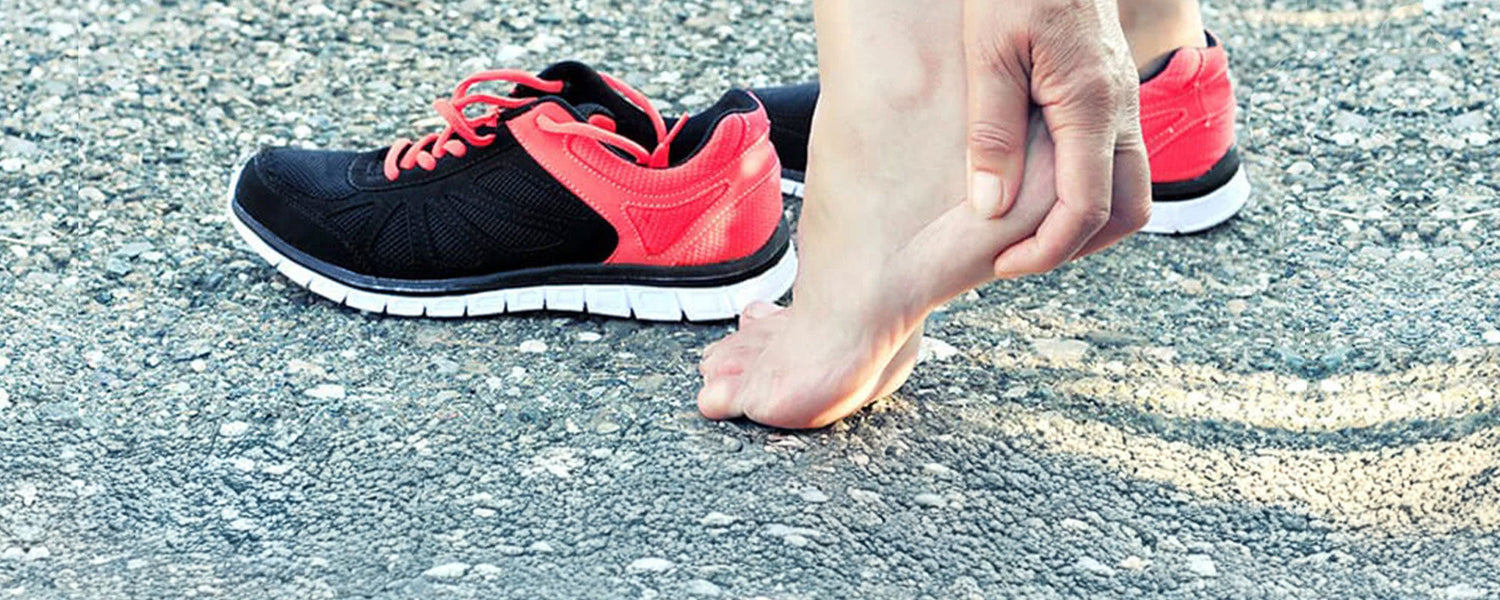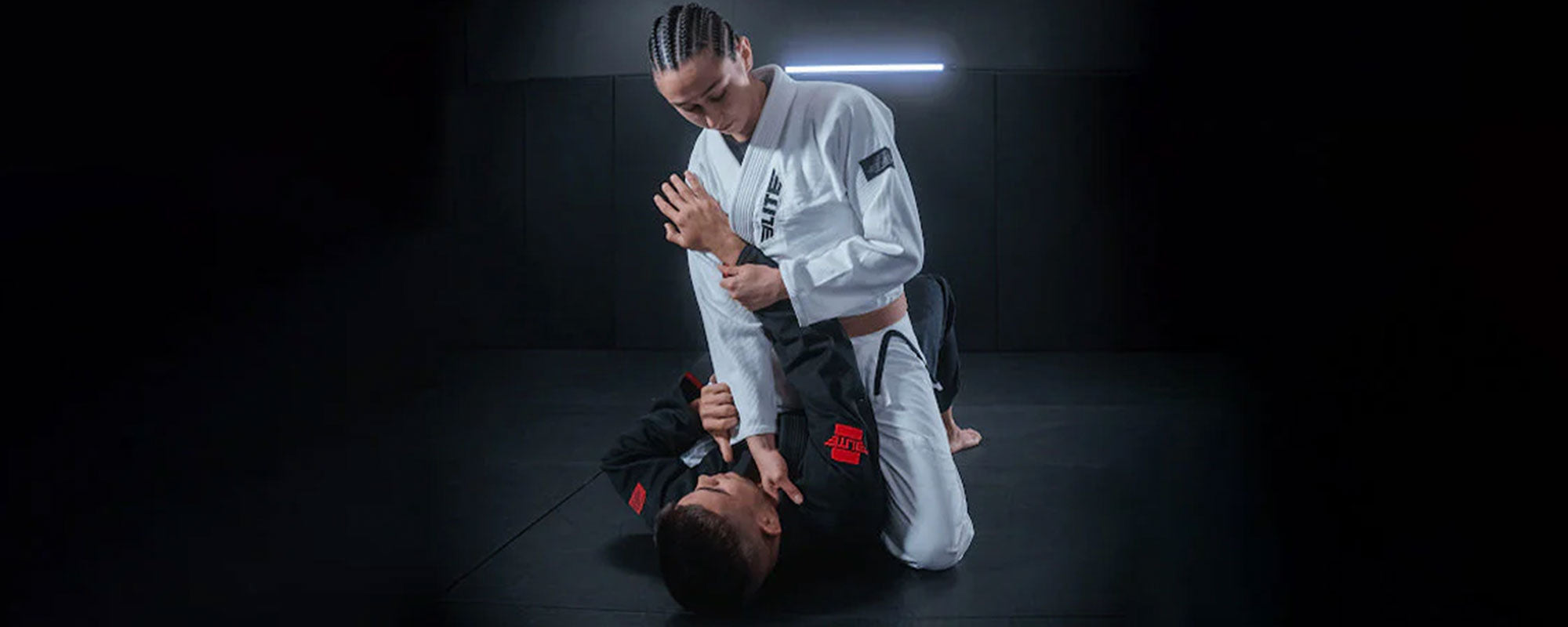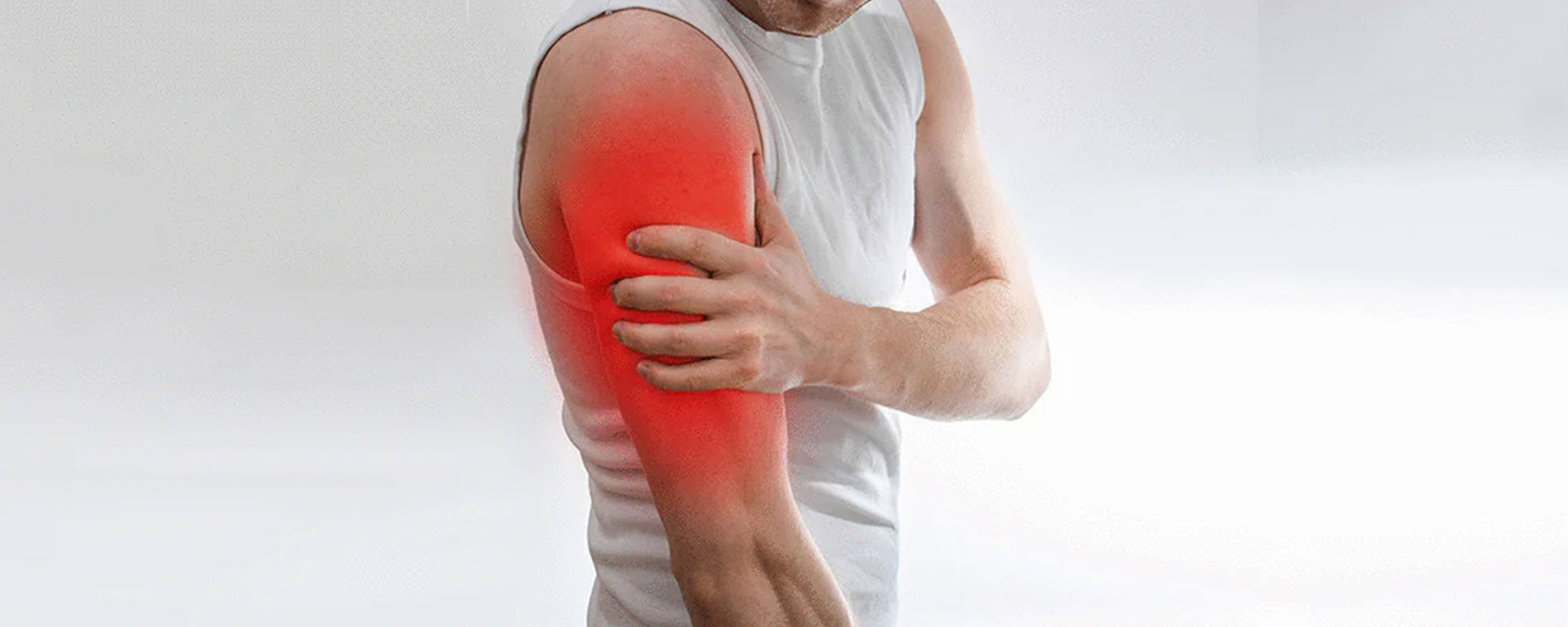Table of content
Retrocalcaneal bursitis is a medical condition in which a bursa present between the Achilles tendon and heel bone becomes inflamed.
1. What Is a Bursa & Why Is It Important?
In a human body, there are multiple sacs called the bursa. These sacs are filled with synovial fluid and help muscles, tendons, and ligaments to glide over bones when a joint is moving. A bursa (plural: bursae/bursas) works as a cushion. It lubricates the joints to reduce friction and prevent wear and tear.
2. Location Anatomy of Retrocalcaneal Bursa

Every bony prominence has a bursa. There are two bursae above the point where the Achilles tendon and calcaneus (heel bone) are attached.
2.1. Retrocalcaneal Bursa
The retrocalcaneal bursa is anterior to the Achilles tendon, located between the calcaneal tendon and calcaneus - PubMed Central Publication.
2.2. Subcutaneous Calcaneal Bursa
The subcutaneous calcaneal bursa is posterior to the Achilles tendon, located between the skin and the posterior side of the Achilles tendon’s distal end.
3. Retrocalcaneal Bursitis (Heel Bursitis)

Retrocalcaneal bursitis, also called Achilles tendon bursitis, occurs when the bursa becomes irritated, causing pain in the foot and heel. It is commonly called “heel bursitis.”
4. Symptoms of Retrocalcaneal Bursitis
Swelling and severe pain are the main symptoms of heel bursitis. Several other symptoms may appear, including:
- Swelling
- Stiffness and restricted movement
- Tender to the touch
- Warm to the touch
- You may hear a crack as you flex your foot
- Excruciating pain as you stand on your toes
- Redness or change in skin color around the heel
- Pain radiating to the calves when walking or running
- Discomfort when wearing tight shoes
- Fever (if bursitis occurs due to infection)
5. Causes of Retrocalcaneal Bursitis
Just like most musculoskeletal pains, the major cause of retrocalcaneal bursitis is overworking the heels, ankles, and feet. Putting stress on these areas without strengthening them first is a common cause.
5.1. Movement

Standing continuously for long hours may result in retrocalcaneal bursitis. Suddenly increasing distance and speed while running may put tension on the heel, leading to retrocalcaneal bursitis. Furthermore, walking and jumping a lot puts stress on the heel and ankle areas, causing retrocalcaneal bursitis.
5.2. Skipping Warm-Up and Stretching
Performing any physical activity without preparing your muscles through a proper warm-up and stretching session can make things worse.
For example, if you start sprinting at a high speed without warming up, your calf muscles could suffer strain and injury.
Warming up increases blood flow to the muscles and increases body temperature. This enhances muscle performance and reduces the risk of injury.
A study by PubMed Central has also revealed that warm-up protocols help to deter skeletal muscle injuries.
5.3. Uncomfortable Shoes

Those who wear high heels every day for long hours or move around in ill-fitted shoes run the risk of developing heel bursitis. Furthermore, exercising in tight, barely fitting shoes also causes retrocalcaneal bursitis.
5.4. Rheumatoid Arthritis

Both arthritis and bursitis are joint conditions. Retrocalcaneal bursitis may occur as a result of already increased levels of inflammation in the body. This may happen in certain types of arthritis, especially rheumatoid arthritis - an autoimmune disease in which the immune system attacks the joints and cause inflammation. Patients with rheumatoid arthritis are most likely to develop retrocalcaneal bursitis due to this reason.
5.5. Haglund’s Deformity
According to research, Haglund’s Deformity is a foot bone and tissue abnormality in which a bony part of the heel becomes enlarged. When this bony growth rubs against the soft fluid-filled retrocalcaneal bursa, it becomes irritated, inflamed, and gives rise to retrocalcaneal bursitis. If the deposition of calcium begins in the inflamed region of the heel, the Haglund’s deformity grows further in size.
5.6. Bacterial Infection
As strange as it may sound, you may develop retrocalcaneal bursitis due to a bacterial infection called septic bursitis.
Research has shown that an open, untended wound in the ankle-heel area provides the perfect opportunity for Staphylococcus aureus bacteria to invade the bursa. If you have fever along with heel pain, it is indicative of an infection.
5.7. Gout
Gout is a blanket term used to refer to all medical conditions that happen due to an increase of uric acid in the blood. Gout is similar to arthritis and causes swelling, pain, and a warm feeling in the foot joints. Gout can be an underlying cause of retrocalcaneal bursitis.
5.8. Traumatic Injury
A hard traumatic blow to the back of the heel can cause retrocalcaneal bursitis. The bursa becomes swollen with synovial fluid (already inside) and blood. As the blood accumulates inside, the delicate membrane of the bursa becomes inflamed and produces excess synovial fluid. Till the blood gets reabsorbed by the body, the bursa stays inflamed and swollen, causing immense pain.
6. Who Is at a Higher Risk?
Considering the causes of this condition, retrocalcaneal bursitis can happen to both young and old. However, some people are at greater risk:
- Aged 65 or older
- Arthritis and gout patients
- Athletes or those who actively participate in sports
- Have tight, overworked muscles
- Don’t do a proper warm-up
- Have a hectic job that puts extra stress on your feet
7. Preventing Retrocalcaneal Bursitis
Small preventive measures can make a huge difference in preventing heel bursitis:
- Quit wearing uncomfortable high heels and shoes that barely fit.
- Perform warm-up and stretching exercises properly before any exercise.
- Incorporate foot muscle strengthening exercises into your workout routine.
- Wear shoes with sole cushioning to lower the impact and stress on your heels.
8. How to Treat Retrocalcaneal Bursitis?
Since there are so many causes of retrocalcaneal bursitis, treatment options can vary.
8.1. Home Treatments
Rest & Elevate:
Take a break from exercise. This may reduce inflammation and speed up the healing process. Give your heels and feet enough time to relax so they can heal on their own. While you rest, elevate your feet on a soft pillow to give support to the heel-ankle region.
Ice:
Put ice packs on the heel to lessen the pain. Icing the affected area will bring down swelling and inflammation. It is a simple remedy and can be done several times a day for up to 20 minutes.
Over the Counter Medication:
Sometimes resting is not an option. If you work long hours standing and need immediate relief, then use over-the-counter painkillers. Non-steroidal anti-inflammatory drugs (NSAIDs), naproxen, and ibuprofen can help alleviate pain.
8.2. Supportive Shoes

You should wear soft supportive shoes with a soft, sole cushioning. Avoid high heels and shoes that have hard soles.
Some shoes are designed with an Achilles notch to protect the back of the heel and the Achilles tendon. For walking around, wear comfortable open-back shoes such as mule shoes.
8.3. Custom Heel Wedge (Orthotics)
Your healthcare provider may recommend shoe insertions or custom heel wedges. Custom heel wedges are usually made of silicon and fit inside the shoe. Their main purpose is to improve foot mechanics, reduce pressure on foot muscles, and lessen pain.
8.4. Antibiotics for Septic Bursitis
If you have heel pain and fever, chances are you have septic bursitis. You should see your doctor to prescribe you oral antibiotics.
8.5. Corticosteroid Injections
Your doctor may administer a corticosteroid injection to bring down inflammation and alleviate pain caused by retrocalcaneal bursitis.
8.6. Physical therapy
Gentle stretching may help relieve the symptoms of retrocalcaneal bursitis. Calf stretches, drop heel stretches, and lightfoot exercise may take pressure off the retrocalcaneal bursa while strengthening the surrounding muscles and tendons.
8.7. Bursal Aspiration
A procedure called bursal aspiration can treat retrocalcaneal bursitis. In this method, fluid is removed from the affected, swollen region using a syringe to reduce pressure and pain.
8.8. Surgery (Bursectomy)
Surgery is rarely required, but some troublesome cases of the bursa being inflamed may require a surgical procedure known as bursectomy. After a successful surgery, a new bursa may develop that is healthy and free from inflammation.
9. Recovery Time
Retrocalcaneal bursitis, if correctly diagnosed and dealt with accordingly, should heal completely after a few weeks of treatment.
10. Bottomline
Retrocalcaneal bursitis is a painful condition of the heel. The causes can be as simple as accidentally hitting your heel against a hard object or as complex as gout and rheumatoid arthritis. Based on the cause, retrocalcaneal bursitis can be treated at home with OTC medications and RICE methods.
See your doctor if:
- You are arthritis or gout patient.
- If you often feel a sharp shooting pain at the back of the heel.
- If your heel pain is accompanied by swelling, fever, and general weakness.
Your healthcare provider will devise a feasible treatment plan for you to alleviate the pain and other symptoms.













Leave a comment
This site is protected by hCaptcha and the hCaptcha Privacy Policy and Terms of Service apply.